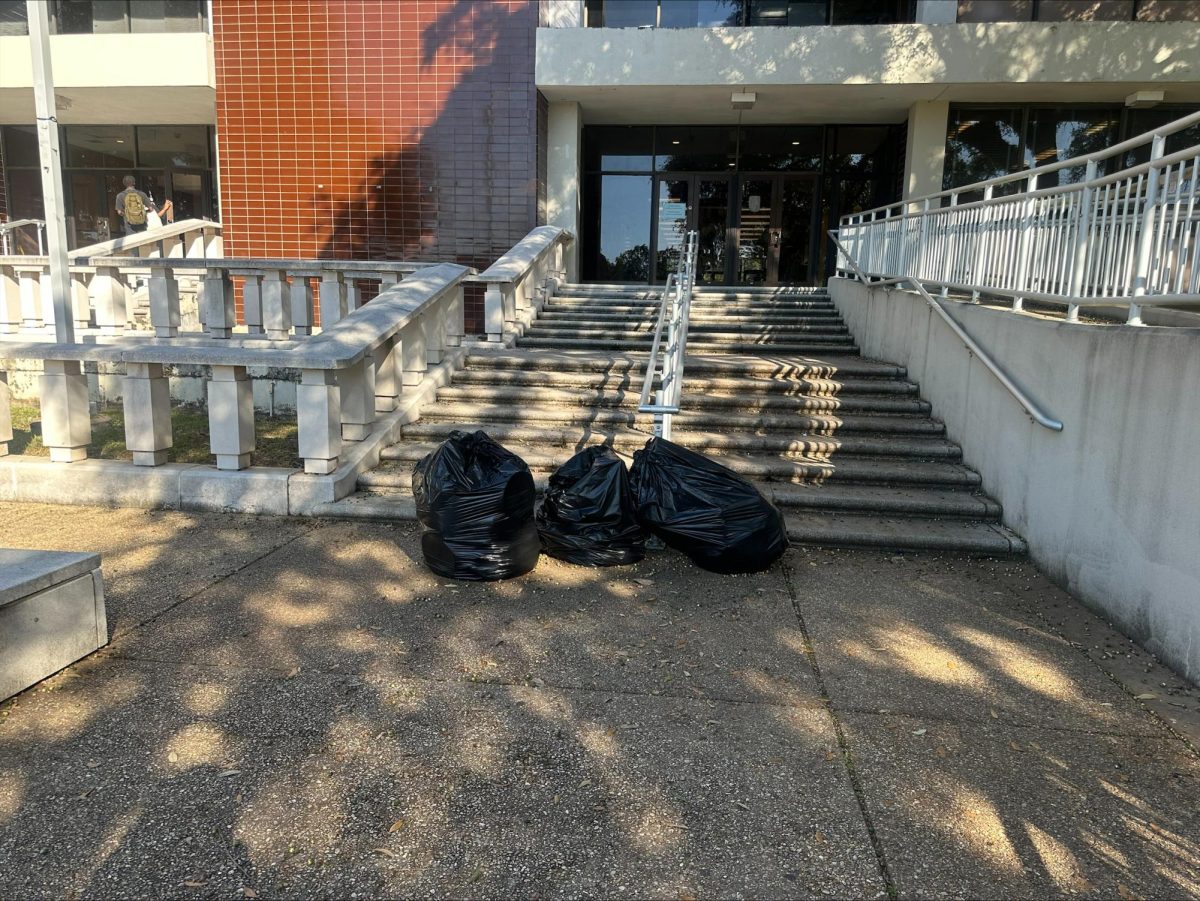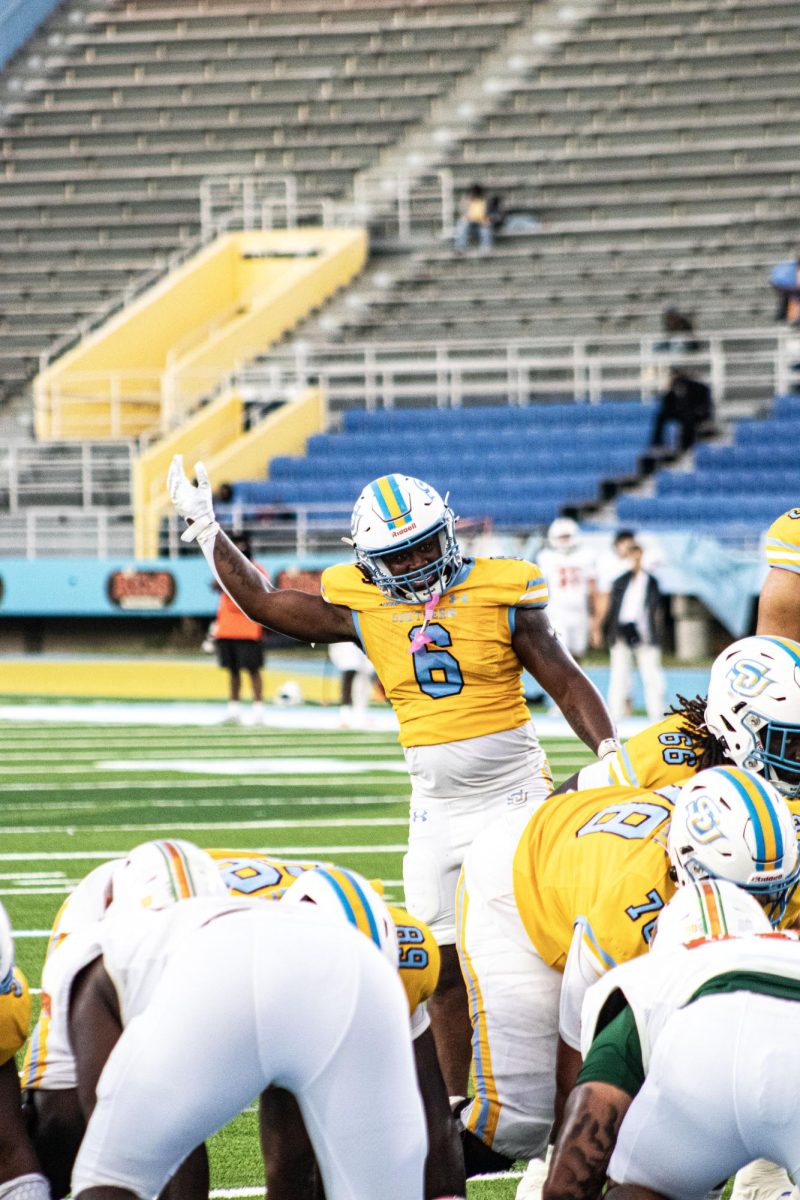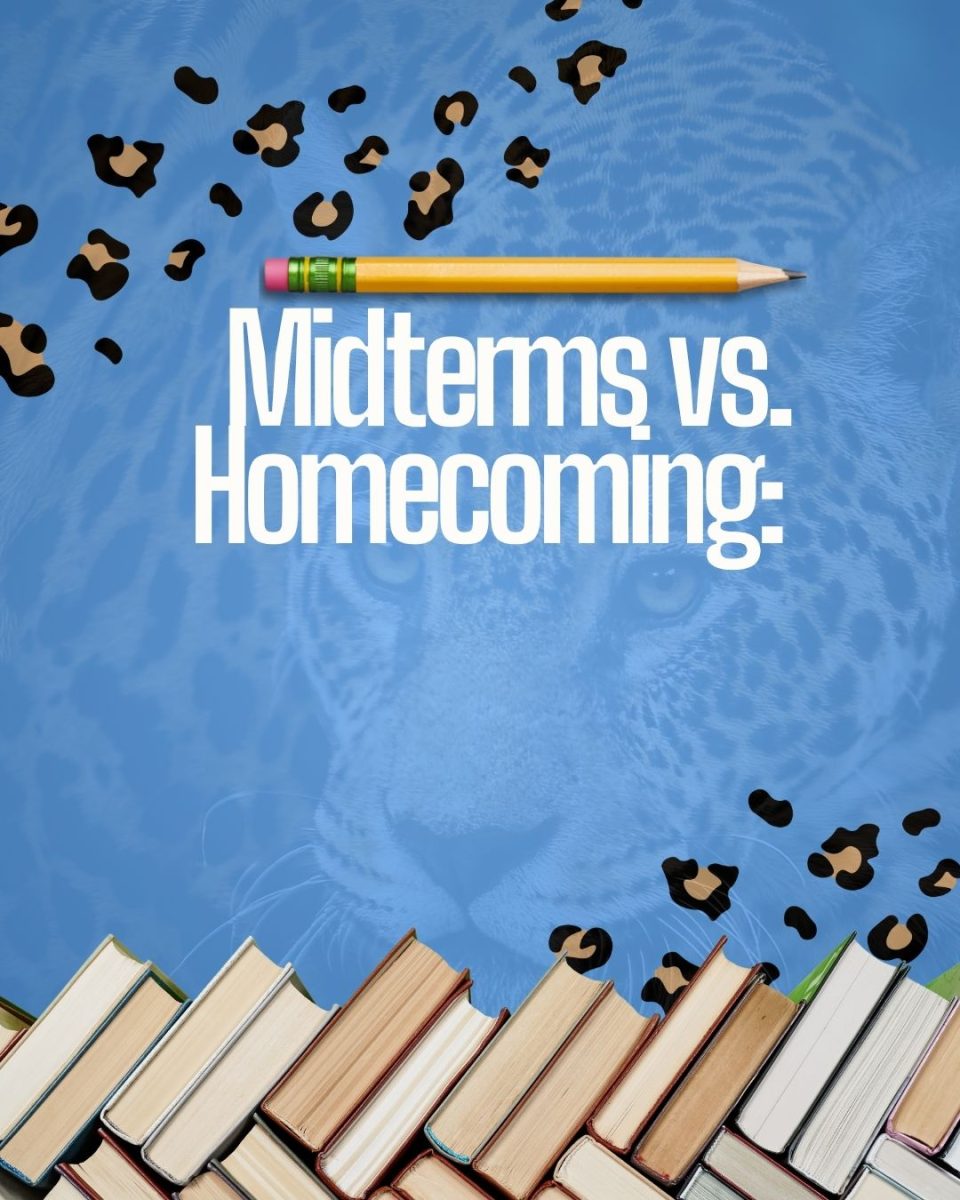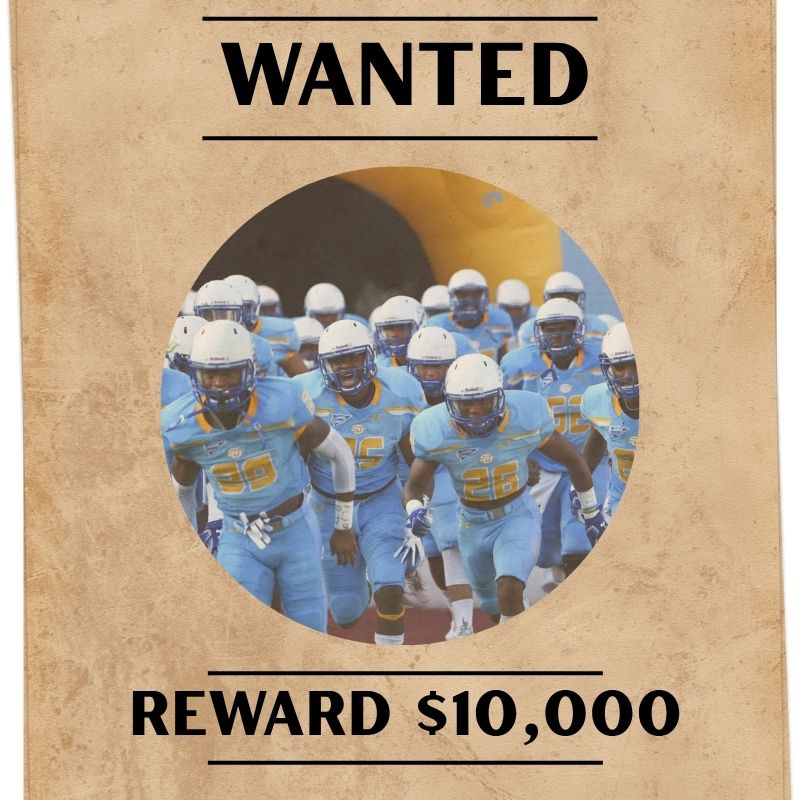At an HBCU, your matriculation may be the most colorful experience you can ever have, as the culture of HBCUs is truly incomparable. Schools like Southern are a mecca of Blackness, and act as a shining example of how far the Black experience has come.
However, many students cannot see this, as they fixate on comparing HBCUs to PWIs.
These comparisons may seem valid, especially to someone who has no knowledge of the history of these regions. However, without recognizing the history of institutionalized racism in these areas, there is a great disservice being done to these schools. HBCUs do not only deserve acknowledgement because of their existence, but because of how strongly our predecessors fought to bring them to life
For the majority of American history, African Americans (and all Black people) were barred from attending universities in the South. This was particularly implemented in order to justify that education was “separate but equal”, though HBCUs were still not given the same resources as their White counterparts.
The first HBCU is recognized as the Institute for Colored Youth in Philadelphia, later renamed Cheyney University. The institution was posthumously founded by Richard Humphreys, a Black Quaker who was shocked by the experiences of African Americans after relocating from the Virgin Islands. He left a fraction of his will to create institutions that served, “to instruct the descendants of the African Race in school learning, in the various branches of the mechanic Arts, trades and Agriculture, in order to prepare and fit and qualify them to act as teachers.”
With those $10,000, Humphreys ensured that the Black experience would be changed from then on.
However, even these institutions were not immune to the terrors of a racist American, such as the illustrious Wilberforce University in Ohio. Though it is the oldest private HBCU as well as the oldest educational institution to be operated and by African Americans, even Wilberforce was forced to close its doors during the height of the Civil War. Even after being reopened and refurbished by Bishop Daniel Payne of the African Methodist Episcopal Church, the school was burned to a crisp as an act of arson.
These difficulties plagued the lives of students at HBCUs, and the issues have not subsided. Here at Southern University, it is virtually impossible to ignore the institutionalized racism that surrounds us. The area of Scotlandville is a food desert that is also as a testing grounds for environmentally hazardous materials, showing exactly what our lives mean to the leaders of Baton Rouge.
While it is fair to hold the administration of Southern responsible for what they fail to do, it is extremely unfair to blame them for those things outside of their control. When you fix your mouth to compare Southern to LSU, fix your brain to acknowledge what part LSU plays in our disadvantage. Also, fix yourself to head to the polls, contact your senators and all the other ways you can help your community. We can only stay behind if we never think forward, just ask Mr. Humphreys.
Categories:
Balancing Act: The Issue of Unfairness in HBCUs
November 5, 2019
0
More to Discover








